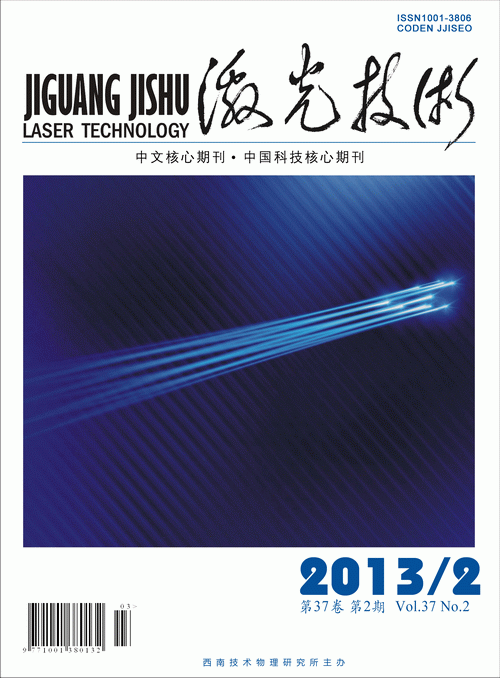|
[1]
|
PEI Q Q, SHEN Y L, MA J F. Survey of wireless sensor network security techniques[J]. Journal on Communications,2007,28(8):113-122. |
|
[2]
|
ZENG Zh F, QIU H M, ZHU L H. Risk analysis and security countermeasure about wireless sensor network[J]. Application Research of Computers, 2007,24(1):104-143. |
|
[3]
|
DENG J, HAN R, MISHRA S. INSENS:intrusion-tolerant routing in wireless sensor network//International Workshop on Smart Appliances and Wearable Computing. In the Proceedings of the 23rd IEEE Conference on Distributed Computing Systems Workshops (ICDCS 2003). Providence, Rhode Island,USA:IEEE Computer Society,2003,5:1-16. |
|
[4]
|
TANACHAIWIWAT S, DAVE P, BHINDWALE R, et al. Secure locations: routing on trust and isolating compromised sensors in location-aware sensor networks//Proceedings of The First ACM Conference on Embedded Networked Sensor Systems (SenSys 2003).Los Angeles, California, USA: Association for Computing Machinery,2003:1-4. |
|
[5]
|
ESCHENAUER L, GLIGOR V D. A key-management scheme for distributed sensor network//Proceedings of the 9th ACM Conference on Computer and Communication Security. Washington DC, USA: Association for Computing Machinery,2002:41-47. |
|
[6]
|
CHEN H, PERRING A, SONG D. Random key predistribution scheme for sensor networks//Proceedings of IEEE Security and Privacy. Berkeley, CA, USA: IEEE Press,2003:197-213. |
|
[7]
|
DU W, DENG J, HAN Y S, et al. A Pairwise key predistribution scheme for wireless sensor network//Proceedings of the 9th ACM Conference Security. Washington DC, USA: Association for Computing Machinery,2003:1-10. |
|
[8]
|
LIU D, NING P. Location based pairwise key establishments for static sensor network//The 9th ACM(Association for Computing Machinery) Conference on Computer and Communication Security.Washington DC, USA:Association for Computing Machineng,2003:72-82. |
|
[9]
|
MENG Q L. Research on key technologies for wireless optical networks. Dalian: Dalian University of Technology,2007:1-5(in Chinese). |
|
[10]
|
ESTRIN D. Wireless sensor networks tutorial part Ⅳ: sensor network protocols//Proceedings of the 8th ACM Mobicom. Atlanta, Georgia, USA: Association for Computing Machinery,2002: 1-120. |
|
[11]
|
YU H P, WU Ch X, GUO M. Energy efficiency analysis of mobile sinks wireless sensor network[J]. Computer Engineering,2009,35(13):127-129. |
|
[12]
|
SOMASUNDARA A A, KANSAL A, JEA D, et al. Controllably mobile infrastructure for low energy embedded networks[J]. IEEE Transactions on Mobile Computing, 2006, 5(8): 958-973. |
|
[13]
|
REILLY D M, MORIARTY D T, JOHN A. Unique properties of solar blind ultraviolet communication systems for unattended ground sensor networks[J]. Proceedings of SPIE,2004,5611:244-254. |
|
[14]
|
SHAW G A, SIEGEL A M, MODEL J. Extending the range and performance of non-line-of-sight ultraviolet communication links[J]. Proceedings of SPIE,2006,6231: 244-254. |

 Map
Map



 DownLoad:
DownLoad: